What is Riff (Replengen) Dermal Filler?
Riff (Replengen) Fine Dermal Filler is a syringe-type medical device that temporarily replenishes the skin tissues to improve facial and body wrinkles while restoring volume. The procedure to inject Riff (Replengen) Fine Dermal Filler last 15 minutes and its effects can be seen soon after the injection, as Riff (Replengen) Fine Dermal Filler contains HA that has an antibacterial, anti-inflammation, and lubricant effect. During the usage of Riff (Replengen) Fine Dermal Filler, the treatment area is not incised so there is little edema or pain. RIFF uses the GI (Grinding Irregular) technology, which is important to fine-tune the gel particles to achieve precise pressure output, ensuring smooth injection and stable operation.
Characteristics of Riff (Replengen) Fine Dermal Filler
Riff (Replengen) Fine dermal filler is used to treat shallow wrinkles, including eye wrinkles and neck wrinkles. Riff (Replengen) Fine dermal filler should be injected in the dermis. Aesthetic effects of Riff (Replengen) Fine dermal filler last 6 to 12 months.
Characteristics of Riff (Replengen) Deep Dermal Filler
Riff (Replengen) Deep dermal filler is used to treat moderate to deep wrinkles, including the nasolabial folds. Riff (Replengen) Deep dermal filler can also be used to provide volume in the chin, lips and other areas of the face. Riff (Replengen) Deep dermal filler should be injected in the subcutaneous. Aesthetic effects of Riff (Replengen) Deep dermal filler last 12 to 18 months.
Characteristics of Riff (Replengen) Volume Dermal Filler
Riff (Replengen) Volume dermal filler is excellent at creating volume and structure in the face due to its high viscoelasticity. Riff (Replengen) Volume dermal filler can be used in various areas of the face to improve facial contour, and can also be used to improve deep wrinkles. Riff (Replengen) Volume dermal filler should be injected in the deep subcutaneous. Aesthetic effects of Riff (Replengen) Volume dermalfiller last 12 to 18 months.
How to use Riff (Replengen) Fine Dermal Filler
General Instructions for Filler Injection Procedure
Dermal filler injections should be administered only by trained medical professionals with the proper experience and expertise. Individuals without medical certifications should not attempt to self-inject, as there is risk for health-related and aesthetic complications. Patients should keep in mind the timing of when they decide to receive a filler injection procedure. Even with the proper technique and experience, bruising and swelling is usually unavoidable, and can last for up to a week. Hence, when scheduling a filler injection procedure with a licensed practitioner, be mindful to leave adequate time for recovery before any upcoming important events. With good technique and comfort measures, certified medical professionals can provide a filler procedure that is tolerable in pain levels. Before the injection period, the injection site and the surrounding areas should be adequately cleaned and disinfected. The entire filler injection process typically takes around 15 to 30 mins. After the procedure, the patient should be given filler aftercare instructions, and are able to leave the clinic.
Certified medical professionals administer facial fillers using a combination of filler injection techniques
in most cases.
Common Filler Injection Techniques
1. Tunneling Technique
The tunneling technique is most commonly used to correct fine lines and straight wrinkles. This injection technique is versatile, as it can treat superficial skin lines, deep-set wrinkles, or areas of diffuse volume loss. The tunneling technique is a highly preferred way to inject facial fillers as it is considered the safest and most natural. To produce optimal results, the needle should be inserted at a slanted, 30
to 45 degree angle, which follows the direction of the wrinkle. Dermal fillers are not to be injected when the cannula or needle is entering the skin, or while placed at its endpoint. All dermal fillers should be injected when the needle is in the process of being withdrawn.
This is called “retro-trace” or “retrograde” injections, and it ensures that the filler is distributed in a safe and even manner in the right areas.
2. Point Technique
The point technique involves a process in which several small droplets of filler are injected into the deep dermis (located at the deep layers of the skin) or the subcutaneous layer (located below the skin). These microinjections are administered consecutively in close proximity to one another. This process causes the small droplets of filler to meld and work together to lift the wrinkle up and reduce its depth and contours. The point technique is particularly effective at providing overall hydration to the skin or filling a large area in the deep dermis that is hollow.
A limitation of the point technique is that it may produce less natural-looking results and may cause further complications. Hence, the point technique should only be used in situations deemed appropriate by the certified practitioner.
3. Stretching Technique
The stretching technique requires stretching and applying pressure to the skin that surrounds the the targeted wrinkle. The application of tension to the skin will allow the needle to be placed and angled more easily and more precisely. This enables better visualization through the skin, and overall ensures that the filler is being administered correctly in the intended areas. The stretching technique is typically applied to the areas with excess, sagging or loose skin.
4. Dual Plane Technique
The Dual Plane Technique involves the injection of facial filler to two different levels of the skin in the same area. The two different levels are most commonly the dermis, which is the middle layer of the skin, and the subdermal plane, which is the level directly below the skin. The second injection administered to the deeper level (i.e. the subdermal plane) is used to enhance the effects of the initial injection
administered at the upper layer. In some cases, two different types of fillers are used for the twodifferent layers. The filler with thinner consistency is administered to the upper layer, while the filler with thicker consistency is administered to the lower layer.
This technique is typically employed in two situations. First, if the patient’s target area is in constant movement regularly, the dual plane technique can provide more natural-looking results of the filler across all potential facial expressions. Second, this technique is particularly useful when trying to correct an area of the face where there are both wrinkles in the superficial layer, and volume loss in the deeper layer.
Why is Riff (Replengen) Fine Dermal Filler recommended?
Clients can experience high satisfaction using Riff (Replengen) Fine dermal filler because it is high in safety levels, excellent in quality, and provides an accurate treatment. Riff (Replengen) Fine dermal filler contains the highest quality of HA, which is manufactured by the Japanese Shiseido company. The HA’s safety of Riff (Replengen) Fine dermal filler is guaranteed by the complete elimination of risk factors through real-time monitoring of harmful substances including BDDE, endotoxin, heavy metals,and microbial contamination that can come up during the manufacturing process. Moreover, Riff (Replengen) Fine dermal filler is made through the best R&D in the industry, using the latest experimental equipment and strict quality control. Lastly, Glenzen’s GI (Grinding Irregular) technology is used to refine the gel particles of Riff (Replengen) Fine dermal filler to make them even and uniform, and further ensure smooth and safe injection procedure.
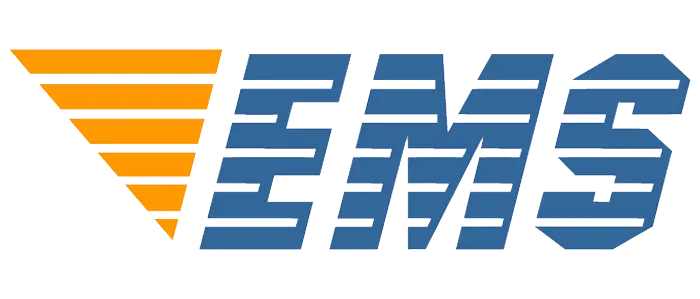





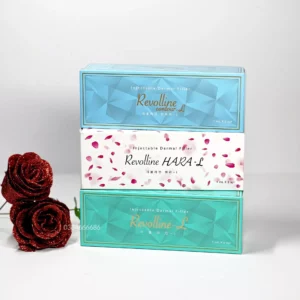
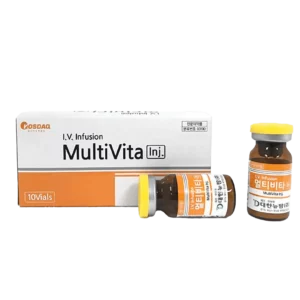
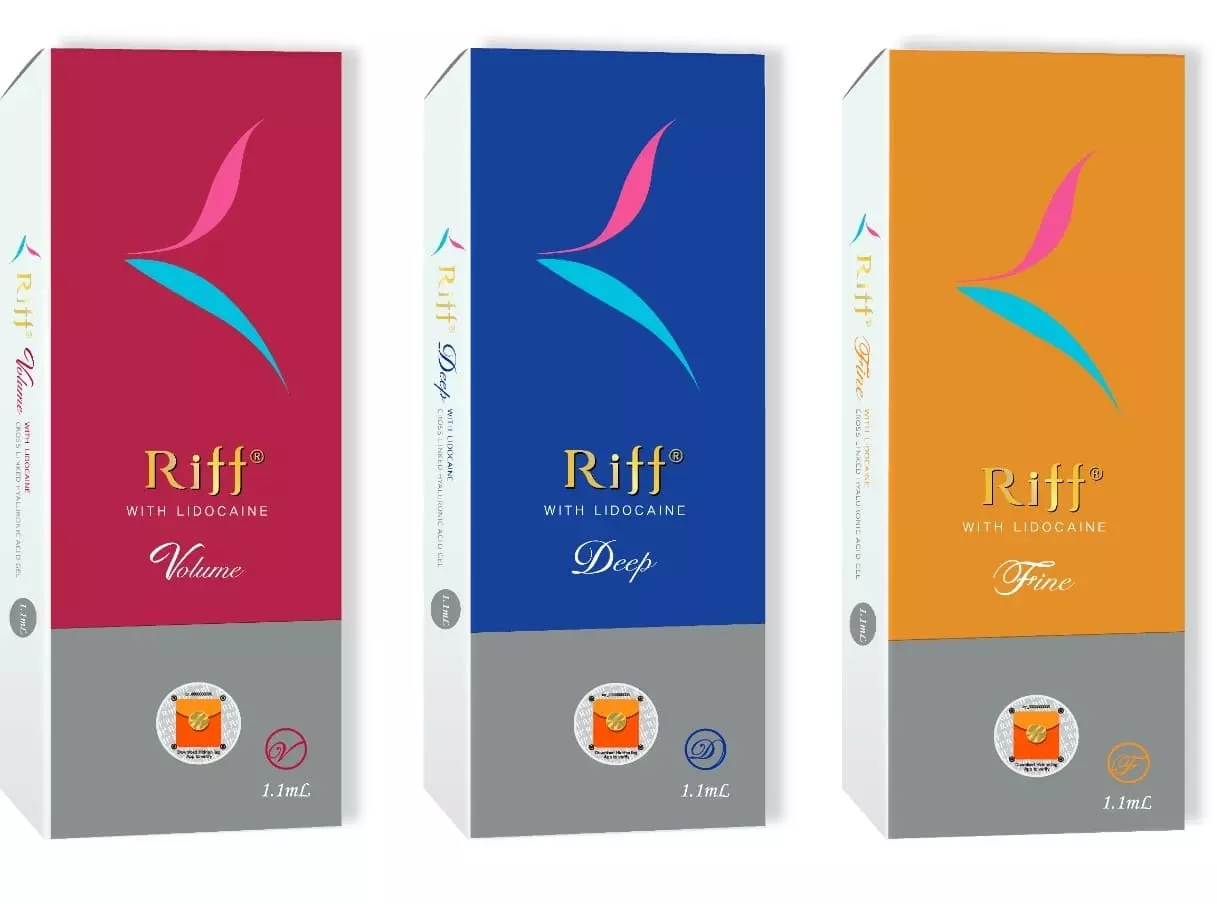

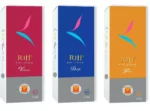
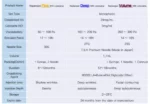


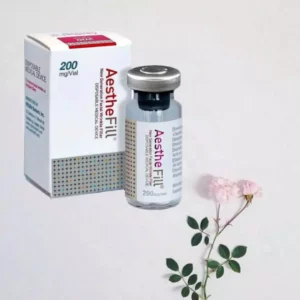

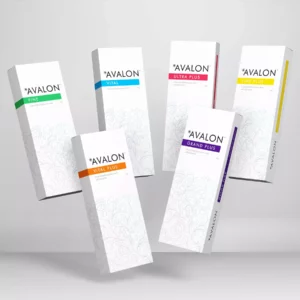
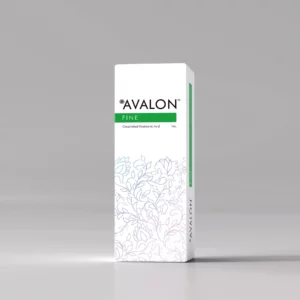


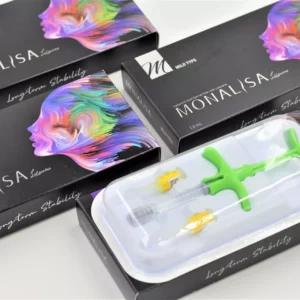


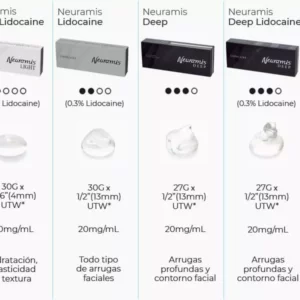



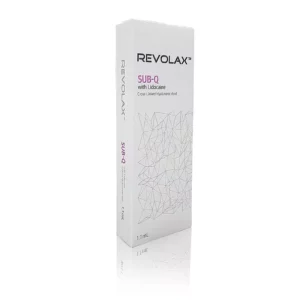

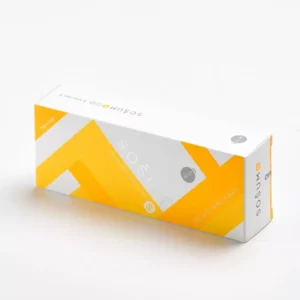
Reviews
There are no reviews yet.